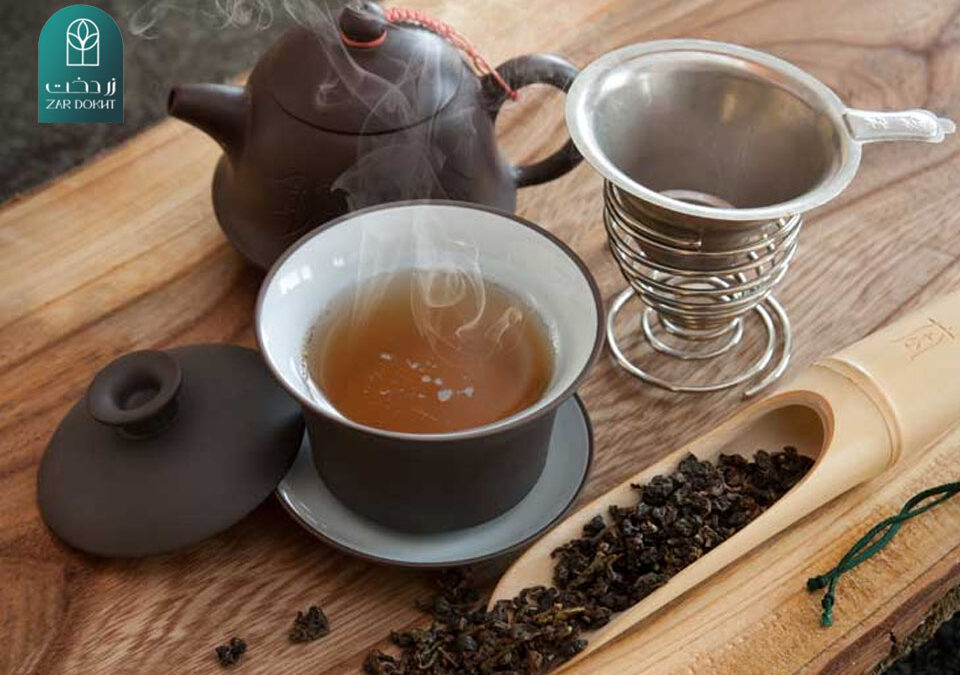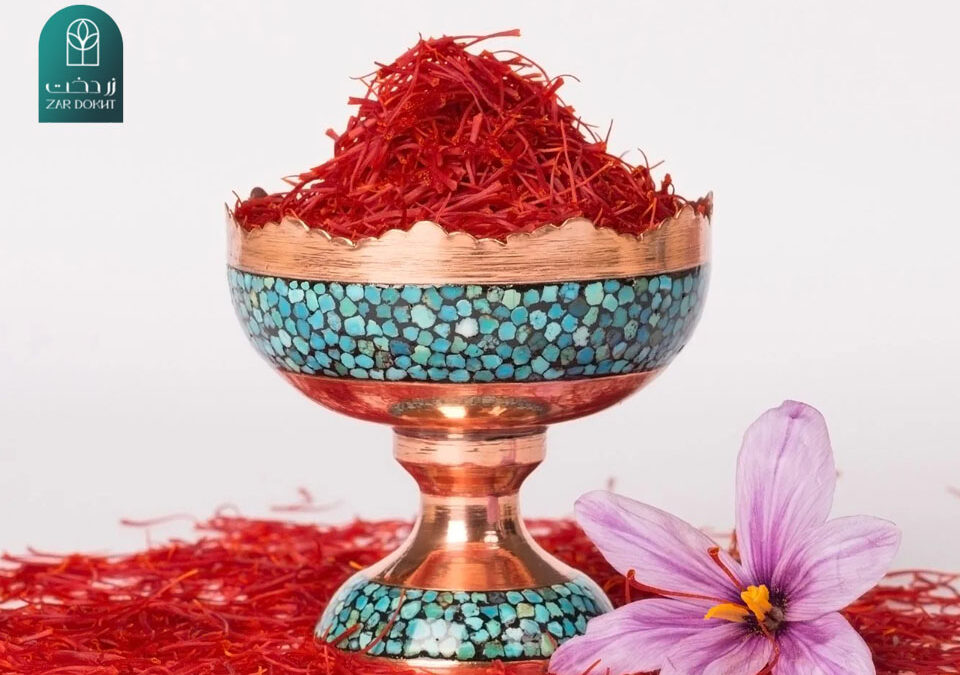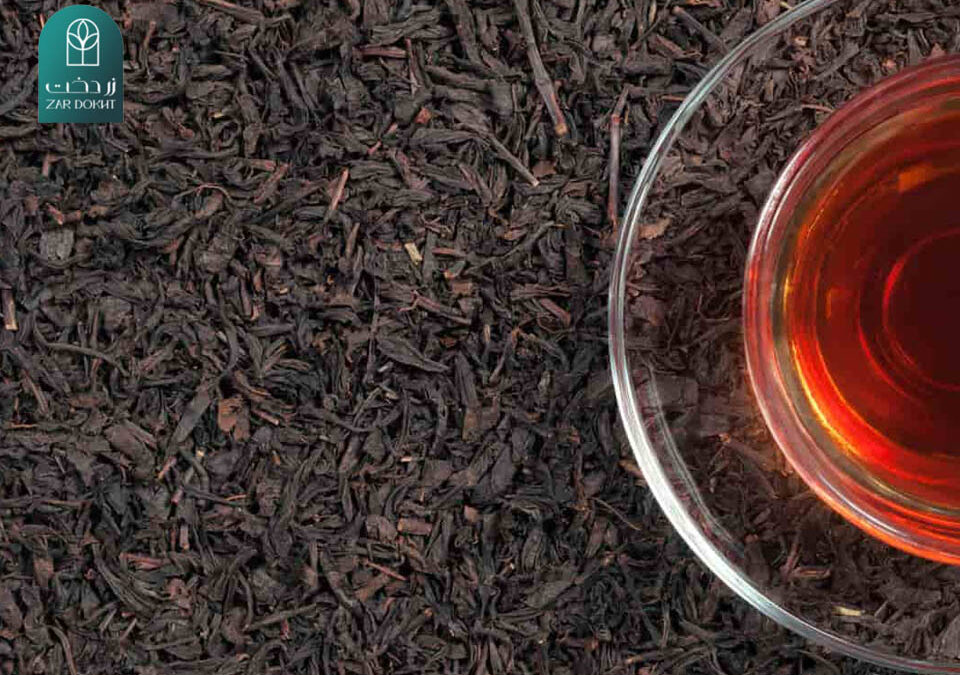
History of saffron cultivation in the world
12 دی, 1401
Properties of black tea for facial skin
13 دی, 1401Definition of saffron quality
The quality of saffron presented by Dioscorides at the beginning of the 20th century is as follows:
The best saffron that can be used in pharmaceuticals must be fresh, long, whole, with a beautiful and shiny color, with a small amount of cream, which does not break easily and is not oily, and when a person’s hand is wet and touches the saffron, it will be colored It turns yellow and gives a pleasant smell, not the smell of mold. At the same time, insects should not get into it because saffron that does not have all these characteristics is either old or neglected in its maintenance
Factors that are involved in the quality of saffron:
Climatic conditions: severe droughts in the areas where saffron is grown reduce the quality of saffron. In this case, because the flowers remain small, the stigmas are shortened. Global markets like long stigmas with a spore-shaped part. Heavy rain also lowers the quality of saffron. Heat also has a direct effect on the quality of saffron. The best saffron is used in areas that have hot and dry summers and cold and frosty winters, because in this case the color of saffron and its aroma are brighter and more desirable. The aroma of saffron decreases in cold and extreme heat
Picking and opening flowers
Flowers should be picked as buds (unopened flowers) as much as possible. Because when the flowers are closed, 4 to 5 flowers can be picked with one hand and there is no need to empty each flower in the basket. Saffron stigma is less damaged during transportation due to being closed. Flower openers also prefer closed flowers because they are easier to open. And they get paid based on the amount of work they do.
Opened flowers that remain in the field for a few hours wilt and it becomes difficult to open the flower
Good flowering means cutting the stigmas in the right size, if the stigma is too long, it reduces the quality of saffron, and if it is too short, the three parts of the stigma may separate and reduce the quality of saffron.
In some places like India or other regions, when they cannot open all the flowers, they dry the rest of the flowers in the attic or in a warm area
Fast drying of woo with optimal temperature (for example, 35 degrees) in the Spanish style, which reduces the drying time to a few hours, and especially in the oven with a temperature of 70 degrees, which reduces the drying time to a few minutes, compared to saffrons that are in the shade. Sun drying has several advantages:
1- That the work is done sooner.
2- Saffron is not infected with mold.
3- The color and aroma of saffron is largely preserved
Moving:
The purpose of optimal drying of saffron is to observe three points:
1- Saffron should reach the consumer almost in its original form, that is, there should be no differences in its color, smell and taste.
2- Prevent chemical, physical or biological changes of dry saffron during storage.
3- Staying immune from bacterial contamination
During the long process of drying saffron at room temperature, saffron can be attacked by yeasts, fungi and bacteria. Due to the special condition of saffron, saffron should be protected from high heat and relative humidity during the storage period




